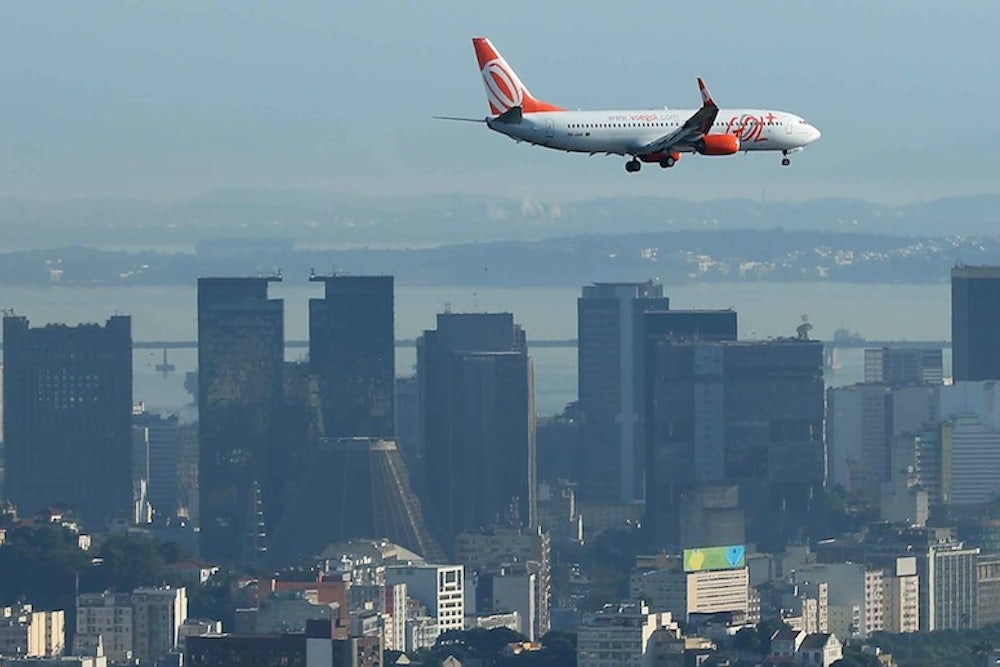In October 2012 a raft carrying twenty-three Cuban refugees on its way to Miami capsized and a reported fourteen people drowned. It had happened to hundreds more before them, and they surely will not be the last. Every year more than 1,000 Central Americans die trying to illegally cross the U.S. border. The transnational city is a place to die for. Ironically, however, once established in the transnational city, few envision staying there until their last breath. For many, it is a temporary venue, whether as a place of exile, a springboard for upward mobility, or a playground until new opportunities beckon. Few imagine dying there and, as the moment draws near, many make plans to go home.
In the transnational city, which is home to a disproportionate number of the foreign-born and expatriates, death and repatriation are a steady business. The bodies of an estimated 20 percent of South Florida’s deceased are shipped out, more than from any other region in the USA. Most of the HRs (industry shorthand for human remains) going abroad depart from Miami International Airport. According to the CEO of Pierson, a leader in this business since 1964, around 80 percent of business is international, with the company shipping to a range of foreign destinations across Central and South America and a number of European countries as well.

The cost of shipping a body is not cheap, ranging from about $500 to well into the thousands of dollars. The requirements for the shipment and delivery of HRs also vary for religious, cultural, and public health reasons. Given the expense and the lack of government assistance to repatriate the dead, who are often young and uninsured, immigrant communities in transnational cities sometimes organize burial societies to help offset costs. The origins of some credit unions and informal health insurance programs can be traced back to such societies established by Italians, Jews, and Greeks in New York, who were among the first transnationals in America. Newer generations of Mexicans, Chinese, Filipinos, and Bangladeshis are now doing the same in several transnational cities.

Clearly, dying abroad does not come without complications because few expats intend or plan to make the transnational city their eternal home. For instance, in Dubai, in the absence of a will for a deceased expat, Sharia law is applied and supersedes the laws governing inheritance in the deceased’s home country. All assets, if there are any, are frozen and subsequently dispersed at the discretion of the Sharia court.

The thought of dying rarely enters the minds of those passing through or living in a transnational city. On the contrary, becoming an expat or immigrant in the transnational city is an open declaration about how one views life, not death. Yet it is in the approach of death that the transnational city offers the foreign-born its most stark and ultimate choices of belonging--between the local and global, between cosmos and earth, and between the transient and eternal.
This piece was excerpted from Atlas of Cities, edited by Paul Knox.
